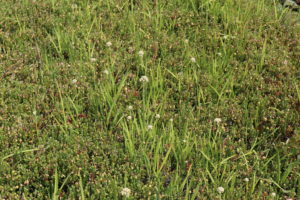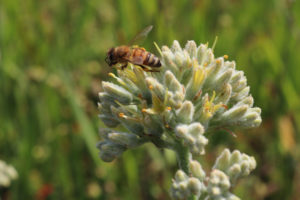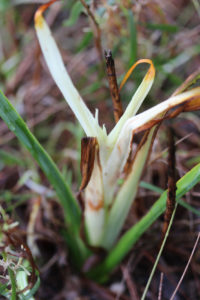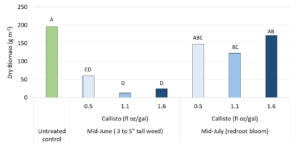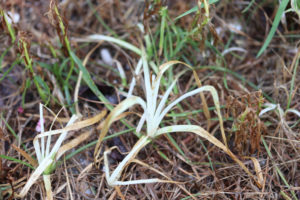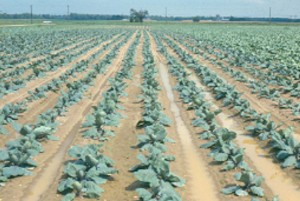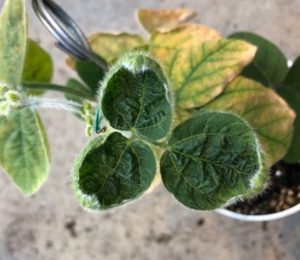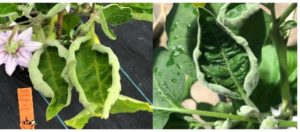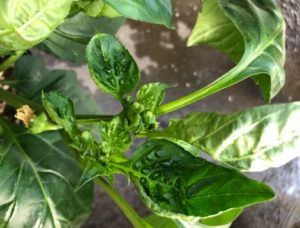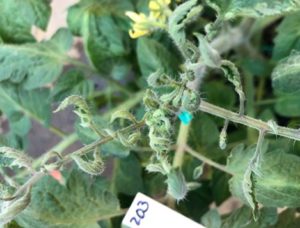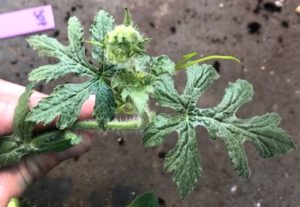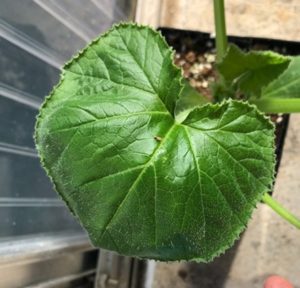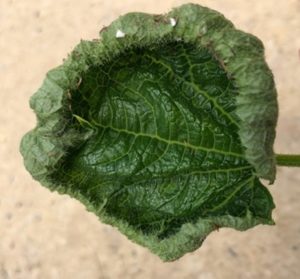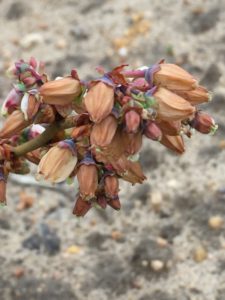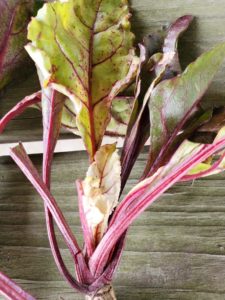FMC Corporation, Rutgers University and the New jersey Department of Environmental Protection collaborated on labeling Command 3ME for use on lima beans through the release of a 24(c) Special Local Need Label. The label is available online at https://www.cdms.net/ldat/ld324024.pdf.
In the past, the Command 3ME label allowed use in lima beans, but this use was removed a couple of years ago. This new labeling essentially restores the previous use pattern. This labeling only applies to FMC’s brand of Command.
Command 3ME can be applied at 4 to 6 fluid ounces immediately after seeding, with the lower rate recommended for coarse-textured soils. This low rate does not provide control of pigweed species or most broadleaf weeds (including Palmer amaranth), rather it provides early-season weed suppression that allows for improved control with cultivation. This label also allows for planting lima beans 60 days after application in a preceding crop. This allows use for Command use in peas and planting lima beans at least 60 days later.
Currently, Command 3ME received a 24(c) SLN label for use on lima beans only in New Jersey, Delaware, Maryland, and Virginia.
